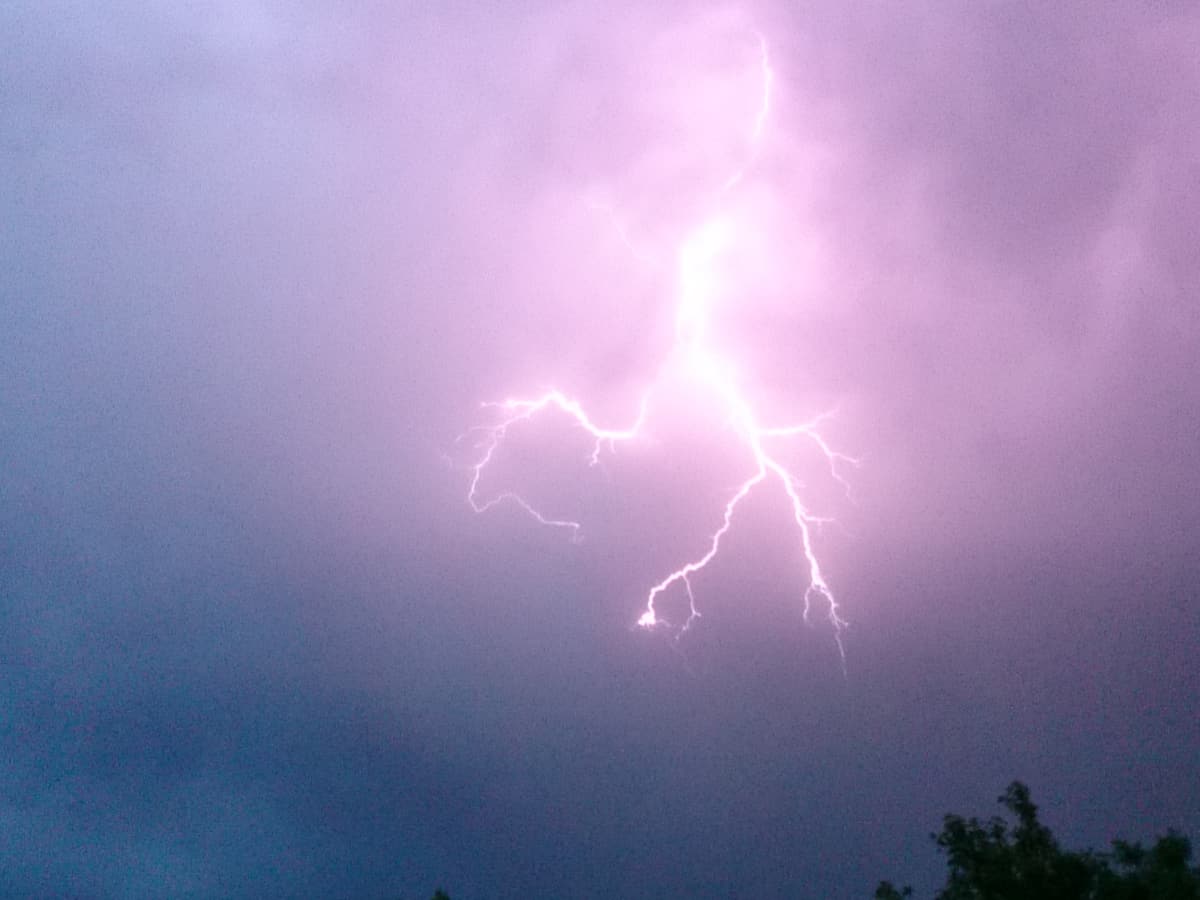
Hyderabad: The residents of Hyderabad woke up to a cloudy sky and lighting on Friday, with heavy rainfall predicted for the day. Some parts of the city experienced rainfall in the early morning, with dark clouds hovering over most areas.
The India Meteorological Department (IMD) Hyderabad has issued a yellow alert for the state for Friday and Saturday, warning of thunderstorms, lightning, and squalls.
Hyderabad likely to see rainfall or thunderstorms
According to the weather department, all six zones in Hyderabad – Charminar, Khairatabad, Kukatpally, LB Nagar, Secunderabad, and Serilingampally – are expected to have partly cloudy sky till April 17. Light rain or thundershowers towards the evening or night are also expected.
Despite the rainfall, the maximum temperature in Hyderabad is forecasted to remain between 36 and 40 degrees Celsius until April 16. It is likely to increase to 41 degrees on April 17 and up to 45 degrees in the following days.
Residents are advised to take necessary precautions and plan their travel accordingly in view of the rainfall forecast made by IMD Hyderabad.
IMD predicts normal rainfall during southwest monsoon
On Tuesday, the IMD predicted normal rainfall in Hyderabad and other parts of the country during the southwest monsoon season despite the evolving El Nino conditions. The El Nino is the warming of the waters in the Pacific Ocean near South America. It is generally associated with the weakening of monsoon winds and dry weather in India.
The El Nino conditions this year follow three consecutive La Nina years. In La Nina, good rainfall occurs during the monsoon season.
Normal rainfall is critical for India’s agricultural landscape, with 52 percent of the net cultivated area relying on it. It is also crucial for the replenishing of reservoirs critical for drinking water, apart from power generation across the country.

